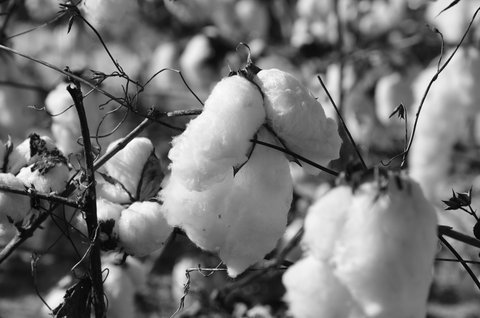
Digital and physical traceability solutions for Indian cotton
YarnsandFibers News Bureau 2023-04-26 17:56:27 – IndiaBetter Cotton is exploring cutting-edge traceability technologies from Retraced, TextileGenesis, Haelixa, and Tailorlux across India's cotton supply chains, to test the most effective ways to increase transparency,
The project carried out in association with businesses like C&A, Marks & Spencer, Target, and Walmart, will use each technology to trace cotton as it travels throughout the supply networks of taking part brands and retailers.
This will further Better Cotton's continuing efforts to modernize traceability throughout intricate cotton supply chains and update its Chain of Custody (CoC) model. In practice, it will increase awareness of the route cotton takes from the field to the fashion industry and offer a chance to test cutting-edge technologies before Better Cotton offers traceability on a small scale this year.
The efficacy of both digital and physical traceability solutions is being evaluated in separate cotton supply chains, and the findings will guide the expanded course of Better Cotton's traceability program. Retraced and TextileGenesis, two well-known solutions, offer digital traceability. Haelixa and Tailorlux, two additive tracers, are also being tested by Better Cotton in order to assess the possibilities of each solution.
India is one of the world's largest producers of Better Cotton and has over a million Better Cotton farmers. Domestic supply chains, however, are much more fragmented than those in other regions and rank among the world's most complicated. Until recently, it was challenging to acquire a comprehensive understanding of supply chain traceability. To give complete end-to-end visibility, Better Cotton's new traceability system will need to complement and eventually surpass the capabilities of existing traceability solutions.
Better Cotton will be able to more precisely determine the source of certified materials with physical traceability. The Chain of Custody framework from Better Cotton, which includes the concept of "mass balance"—a popular volume-tracking system—will be expanded upon by this pilot initiative. While ensuring that the quantity of Better Cotton sold never exceeds the quantity produced, mass balancing enables dealers or spinners throughout the supply chain to substitute or mix Better Cotton with regular cotton. As our network expands, the new traceability framework will provide more adaptability and visibility of the physical flow of cotton via supply chains.
Alan McClay, CEO of Better Cotton, said that they've taken those learnings and proven solutions in India to bring verifiable Better Cotton to life. They consulted with their members across the supply chain and understood their needs and pain areas. What they've learned is assisting them in being ready to provide their members with a new, scalable system as early as this year. By guaranteeing that they may continue to access markets that are becoming more regulated, will assist farmers who use sustainable agricultural techniques in addition to our members.
Katharine Beacham, Head of Materials and Sustainability at Marks & Spencer said that at M&S, they source 100% of the cotton for their clothing from more ethical sources, but the global supply chain remains particularly complex across the industry. They have been proud partners with Better Cotton since 2021, working to advance cotton growing throughout the world. To revolutionize the cotton supply chains in India, they're excited to expand on their relationship and test cutting-edge new traceability technologies.
Market Intelligence
Ask for free sample Report

experience
Customer Base
dedicated team
Countries Served Worldwide









